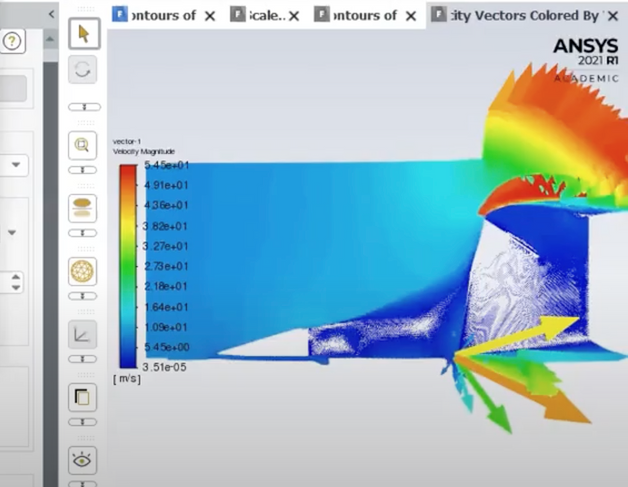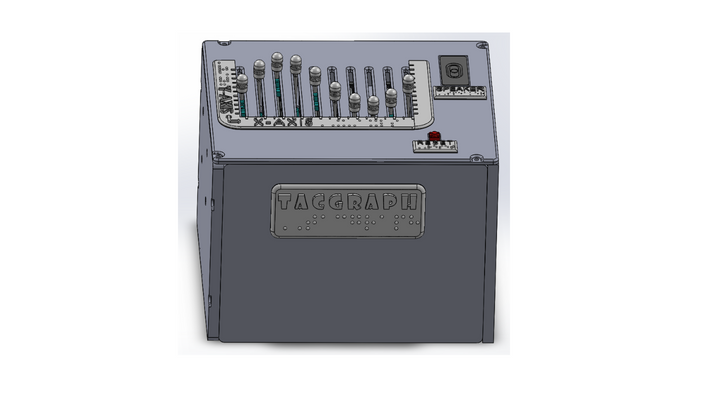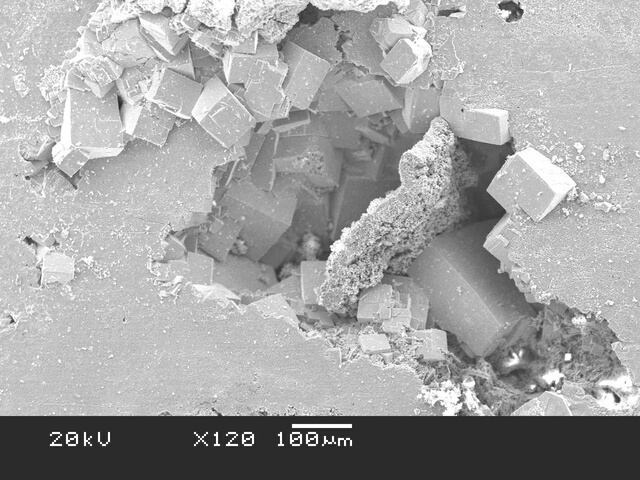
Gabriel I. Katz
Mechanical Engineer Environmental Advocate
2023 Portfolio

ABout Me
Hello! My name is Gabriel Katz and I am a 2022 graduate from Northeastern University. I hold a Bachelor’s of Science degree in Mechanical Engineering with a minor in Mathematics. I am passionate about our planet and aspire to work in the fields of atmospheric restoration, water desalination, renewable energy, and sustainable agriculture. Additionally, I have interests in the fields of particle and theoretical physics. In my free time, I love to be out in nature, make music with my guitar, and cook meals with my girlfriend and our pug, Onyx!
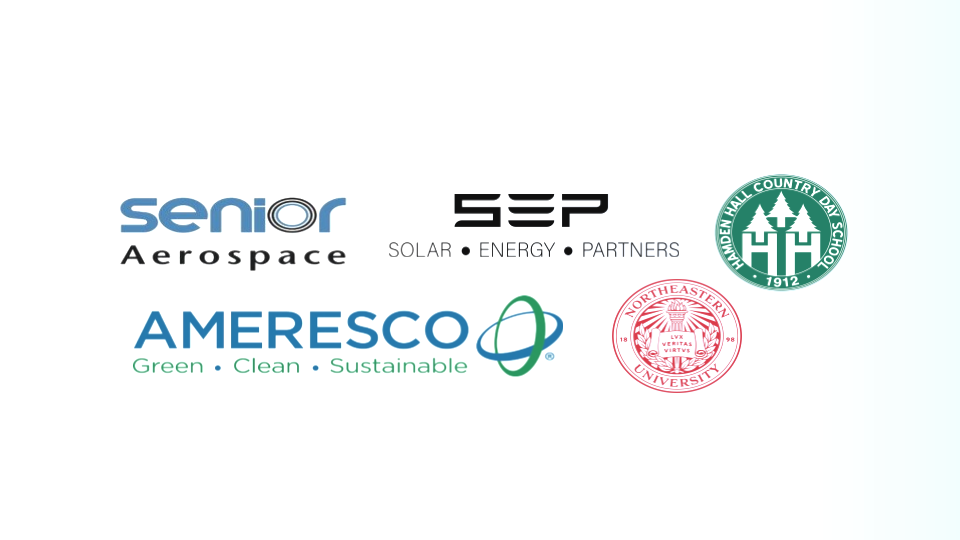
PRofessional Work Experience
- Special Projects and Manufacturing Engineer with Senior Aerospace Metal Bellows
- Engineering Assistant and PV Panel Array Designer with AMERESCO
- Sales Associate with Solar Energy Partners
- Peer Mentor with Northeastern University
Layman Work Experience
- Teacher's Assistant, Camp Counselor, and Lifeguard at Hamden Hall Country Day School
- Food Server at Sweetgreen
Highlighted projects
Brainstormed, designed, and prototyped a patent-pending educational tool for blind students in STEM
Investigated and resolved the source of error for an expensive component that repeatedly failed
Performed finite element analysis on pressure systems formed by BAJA car to determine optimal nose and seat design
2021-22 Capstone Project: Stem tools for the blind
PROBLEM: In Capstone I (05/10/21 - 06/23/21), I worked in tandem with three fellow undergraduate engineers to devise a solution to the issue of inaccessibility of STEM education for blind students; my team and I brainstormed solutions ranging from niche, singular-topic aids such as enlarged, 3D-printed tactile surfaces to teach students about friction to broadly applicable, general-use classroom tools. Ultimately, we decided to pursue creating a tactile graphical display that would allow students to plot equations and datasets without assistance from a sighted classmate or teacher. Our goal was to design a system that was more precise and accurate than existing paper braille graphs but still cheaper than the leading name in tactile graphical displays: the "Graphiti" by Orbit Research. The device also had to be effective at relaying/communicating graphical information to blind users via an ergonomic UI with tactile elements.
ACTION: By the end of Capstone II (01/06/22 - 04/26/22), my team and I had created the device shown in the video to the right. For my contribution, I created the main code that intakes a user's desired equation/dataset and the x-,y- graphical bounds and translates these inputs into positional values for each of the actuating motors in the assembly. Additionally, I was responsible for optimizing the actuating assembly to reduce costs and the overall size and weight of the display.
RESULT: From this experience, I improved upon my existing skills of leadership, project management, creativity, and effective team communication while also gaining new technical skills in Arduino programming, circuitry, and working with a machine shop. We have recently filed for a provisional patent (02/2023) and are currently seeking a utility patent for the mechanism by which the system actuates to produce graphs based on a user's input.
Video of the "TacGraph" plotting exponential, linear, and trigonometric functions. Each of the moving white data points is a tactile element made of teflon.
To view the full project report, click
Component Failure Investigation
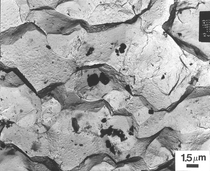
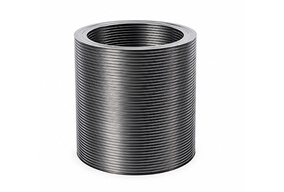

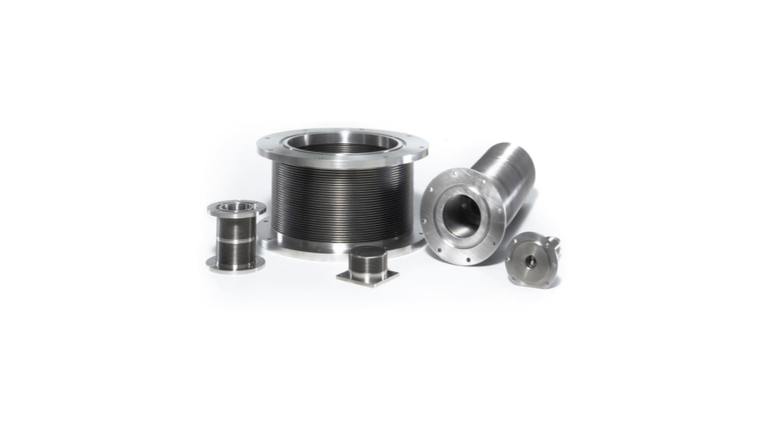
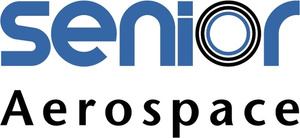
As a part of my employment contract with Senior, I signed a non-disclosure agreement. These publicly available images are shown to provide a reference as to the types of products mentioned in this section.
In January of 2020, I was hired by Senior Aerospace: Metal Bellows as a project engineer to work as a part of their team creating manufacturing components for microchips. During my stay with Senior, I eventually took on more responsibilities and earned a secondary job title as a manufacturing engineer. In this role, I oversaw component production on the manufacturing floor, conducted tests for bellows' leakages and spring rates, and documented part failures as they arose.
PROBLEM: In late March, I first noticed that a particular component began failing at a higher frequency as compared to its previous months of production. This component cost about $3,000 to make and, in the month of April alone, the company had lost ~$21,000 in scrap from this one component. I documented the failures of this part for each week beginning in February and showed my superiors the concerning spike in failures.
ACTION: After two weeks of investigations including speaking to floor operators, checking on status changes with raw material suppliers, interviewing the inventory manager, and conducting sample analyses using a scanning electron microscope, I was able to identify the source of failure as damage being imparted to the raw material from the supplier due to improper humidity levels. Evidently, when operators used steel brushes to clean unwanted debris from the steel, flakes of chipped/corroded metal would come off as well and cause the bellows to leak and not hold its vacuum.
RESULT: Based on my findings, the team opted to change the supplier for that specific steel and the number of scrapped components notably decreased. A few skills I gained from this experience were critical thinking, failure mode identification, processes' documentation, and lab equipment familiarity.
Computational Fluid Dynamics Project
PROBLEM: For my Computational Fluid Dynamics (CFD) course I took in 2021, I worked with a classmate to analyze the fluid motion of air around a BAJA car (shown in top left image to the right). For this project, we were trying to determine the critical nose and driver's seat angles that would reduce the negative pressure system formed behind the driver's seat. Our end goal was to design a setup that would result in the maximum attainable velocity for the vehicle.
ACTION: Initially, my teammate and I had hopes of deriving a new equation that would represent the relationship between the car’s maximum velocity, the nose and seat angle, and the high-low pressure system formed around the car (neglecting air friction). As the project progressed, we were able to establish initial figures pertaining to varied nose and seat angles and their effect on the pressure system’s formation; however, we were unable to assemble a cohesive equation governing these interactions before the project’s deadline. Instead, we collected the relevant data from our numerous, incremental tests and made observations on which nose and seat design yielded the best results in terms of a reduced pressure gradient across the separating partition.
RESULT: From this experience, I gained skills in AnSys and MatLab programming, physical analysis/analytical thinking, and design optimization. Additionally, this project helped me realize areas I needed to improve on such as deriving equations from physical phenomena and setting realistic expectations for project timelines.



Screenshot from dynamic pressure analysis of nose and driver's seat from a birds-eye view. Left images show an example of a BAJA car and a screenshot of the 3D CAD model for reference.
To view the full project report, click
To view this project's video analyses, click
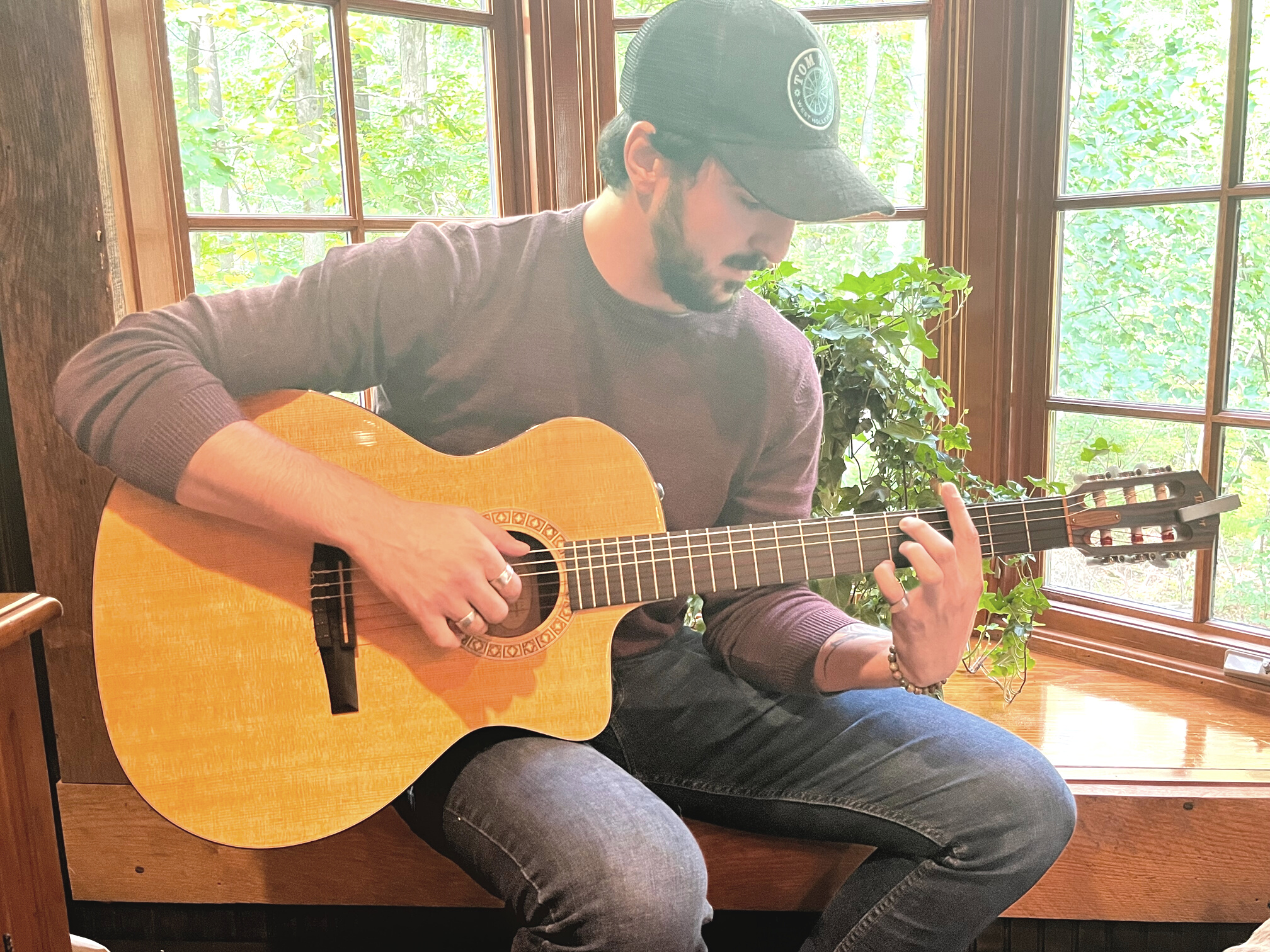
Contact Info
Address: 69R Spring Park Avenue, Unit #1
Boston, MA 02130
Email: katz.g@northeastern.edu
Phone: (203) 671-8870
